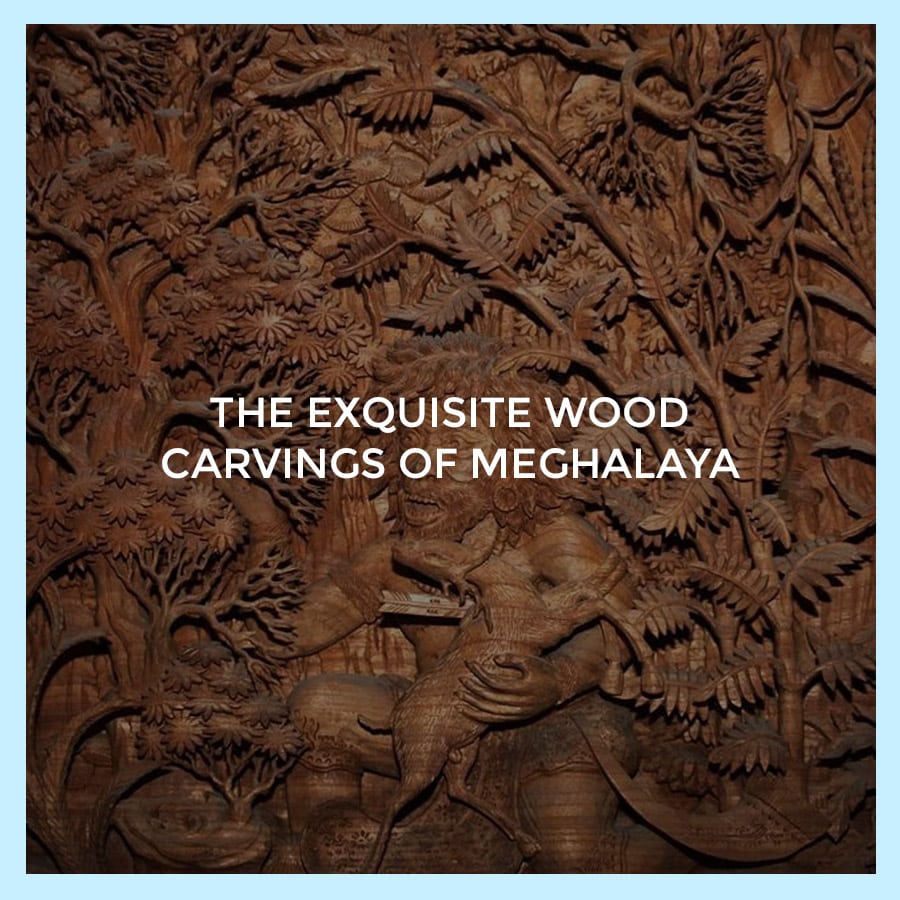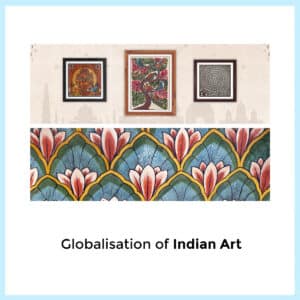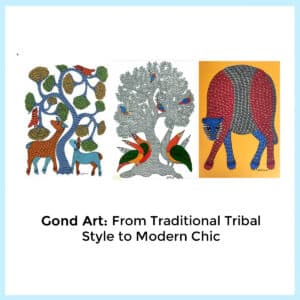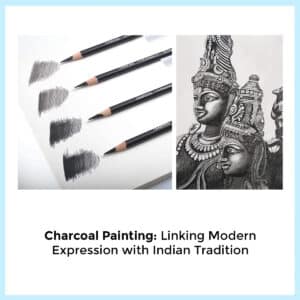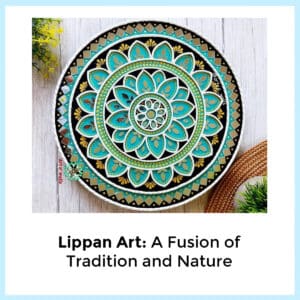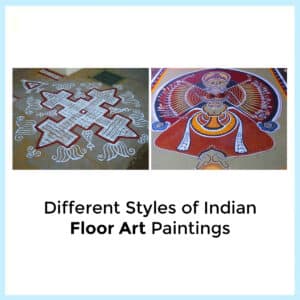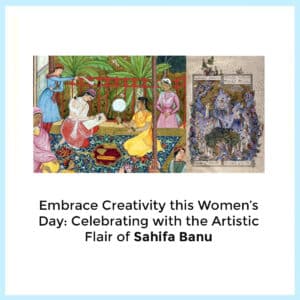THE MEGHALAYAN TRADITIONAL ROOTS OF WOOD CARVING
Meghalayan wood carving has a rich historical legacy. The indigenous tribes have a rich history of innovation and skill, including the Khasis, Garos, and Jaintias. Wood carving, which has been passed down through the generations, was first used to make necessary household goods, musical instruments, and agricultural implements. This formerly practical craft eventually underwent a recognised artistic transformation, incorporating complex patterns and figurative elements.
Meghalaya, a paradise of captivating landscapes and unique cultures, is located in the enthralling Northeastern region of India. While the state’s gorgeous hills and verdant valleys have long enthralled visitors, it is also well known for its extensive creative legacy. Wood carving is one of the most notable and valued art forms among many others that embellish the cultural fabric of Meghalaya.
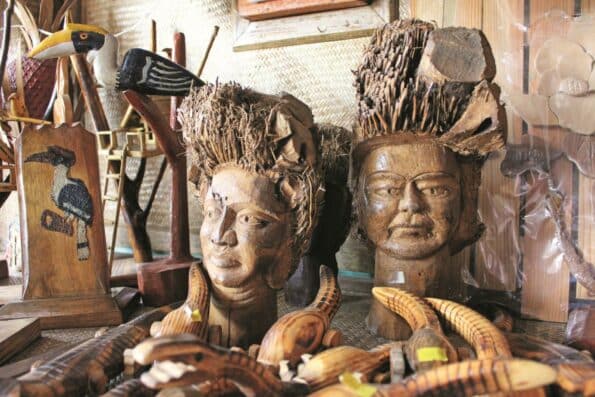
TECHNIQUES AND CRAFTSMANSHIP
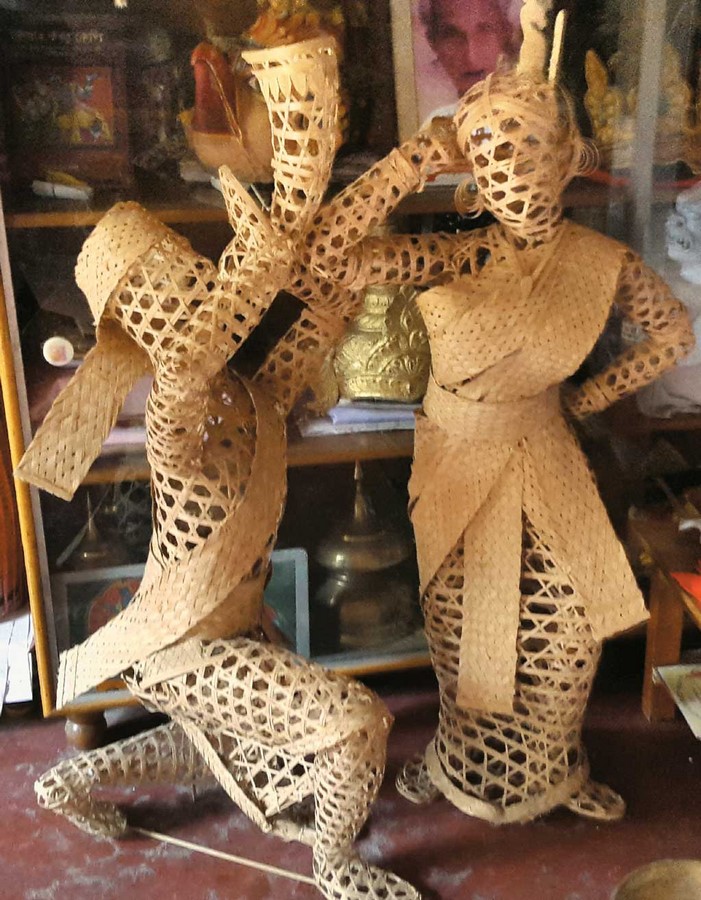
Meghalayan wood carving is an art form that takes a lot of ability, perseverance, and precision to achieve perfection. The type of wood, which is typically acquired from the state’s numerous forests, is carefully chosen by artisans, also known as “Masters.” The ultimate result of the carving greatly depends on the type of wood used.
Relief carving, which involves cutting motifs directly onto the surface of the wood to provide a three-dimensional look, is one of the main methods used in Meghalayan wood carving. A further degree of complexity is possible with engraving, which entails carving designs into the wood.
MOTIFS AND THEMES
Meghalaya’s natural and cultural environment has a big impact on these wood carvings. The motifs frequently show plants, animals, legendary beings, and conventional symbols. For instance, the Garos are well recognised for their recognisable totem-like carvings that depict spirits and gods important to their belief system. On the other hand, floral and geometrical motifs are frequently seen in Khasi sculptures.
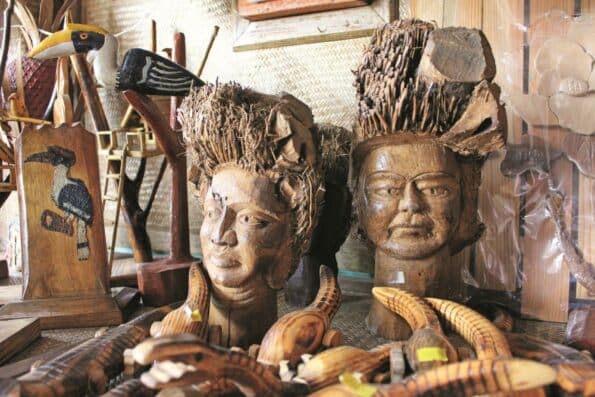
CRAFTSMANSHIP BEING PRESERVED
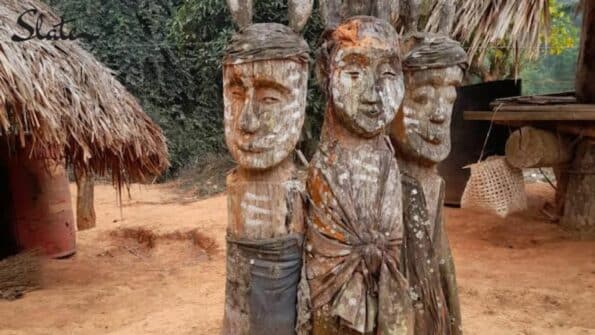
Although traditional wood carving has stood the test of time, it faces challenges from contemporary influences and evolving lifestyles. Many organizations and craftspeople are working to preserve this priceless heritage. Government programmes, cultural events, and workshops have all played a significant role in promoting wood carving and giving craftsmen a stage on which to demonstrate their talents to a larger audience.
Wood carving in Meghalaya is more than just a means of artistic expression; it pays homage to the region’s rich cultural history and to the people’s ingrained love of the natural world. Both tourists and art fans are enthralled by the delicate craftsmanship and distinctive designs, which provide a window into this captivating state’s character. We help to preserve a type of art that captures the essence of Meghalaya’s cultural character as we honor and support the artisans who toil away.


